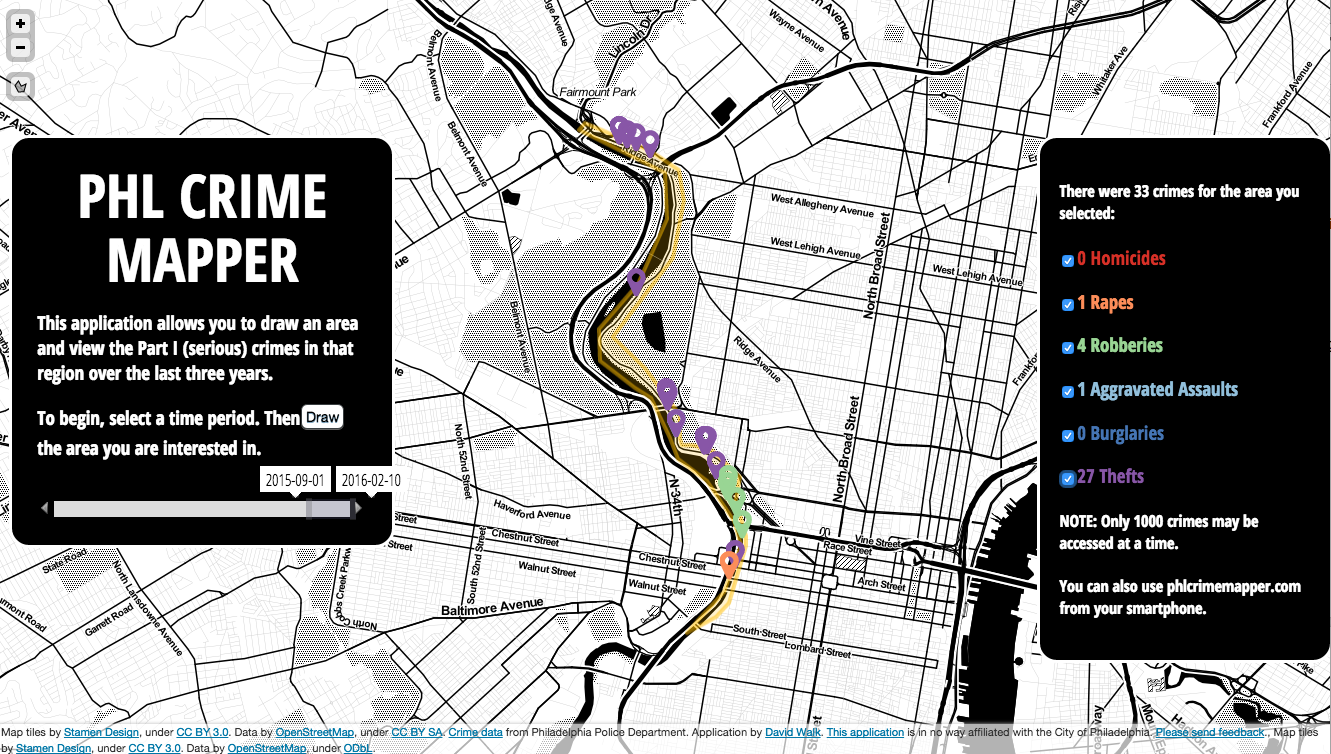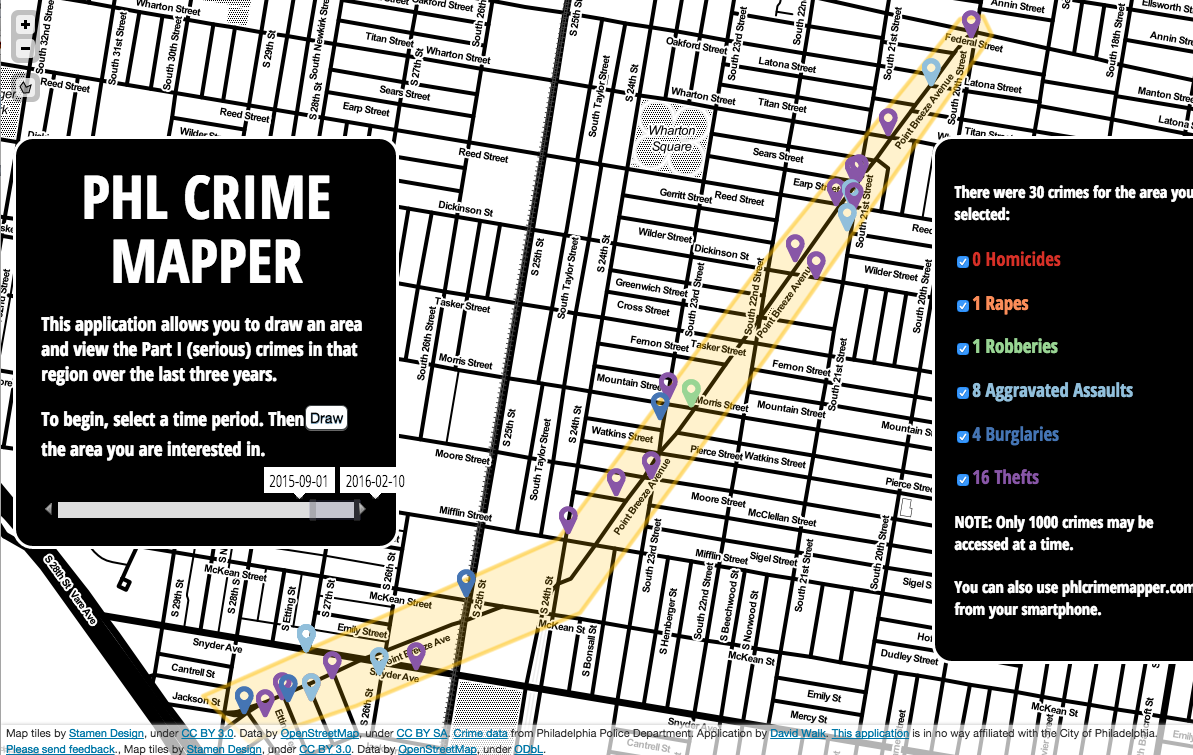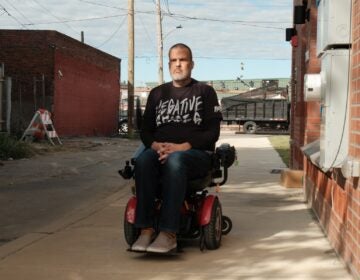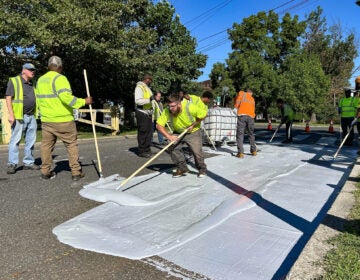Eyes on the Trail: Officials respond to Schuylkill River crime with lighting and town watch
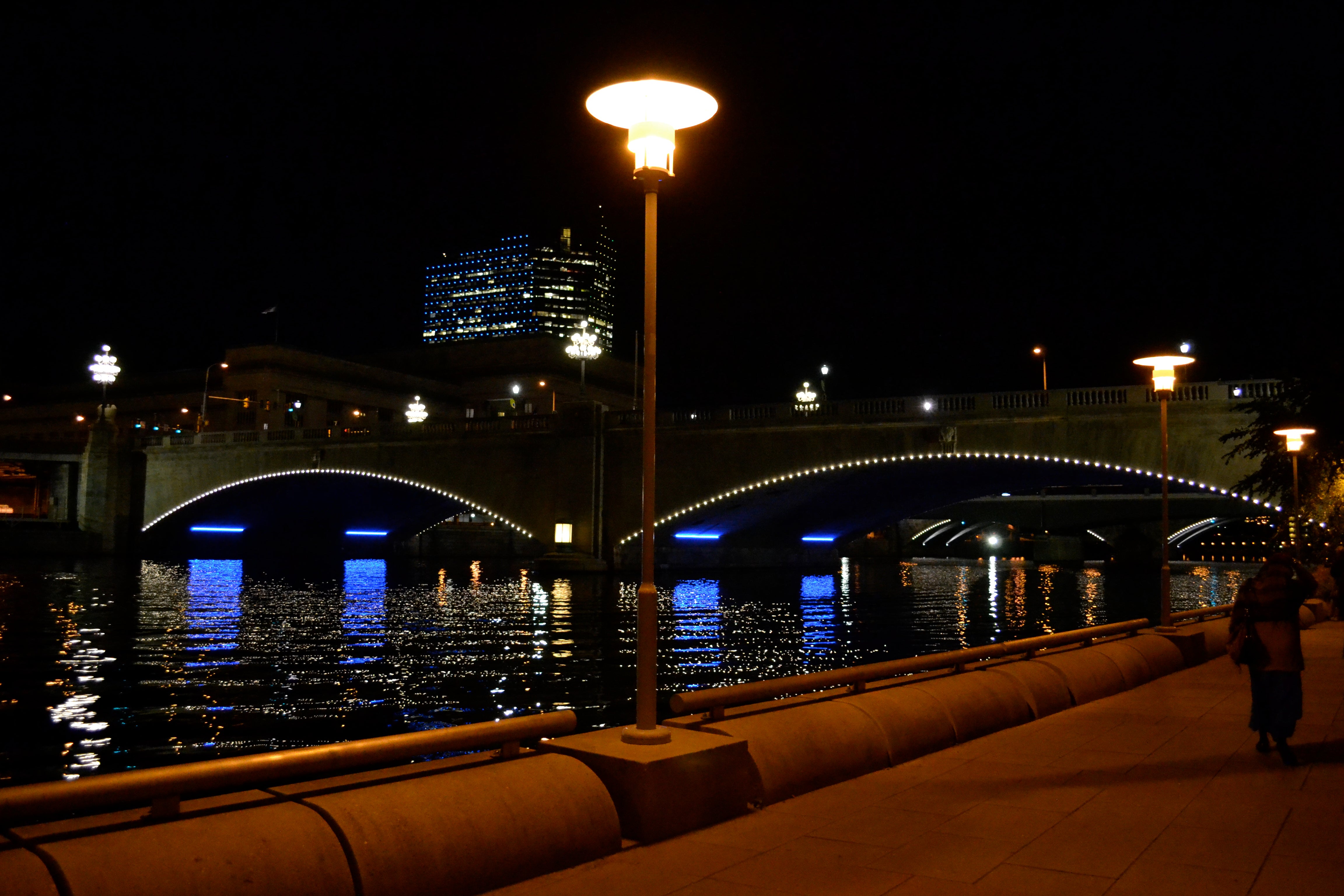
Emil Nunez liked to walk along the Schuylkill River Trail. During the day, he could admire the trail’s handful of landscaped gardens, the silty river’s languid tranquility, and the statues dotted along the path. At night, Nunez particularly admired how light would dance across the water, shimmery and bright.
“The light reflecting on the water, it’s beautiful,” he says. “The lights from the traffic, it’s beautiful.”
The Overbrook resident remembers when the trail “was a no-man’s-land.” Back then, it was just “bushes and dirt and trash.”
But over time, the trail improved. Led by the Schuylkill River Development Corporation and the Department of Parks & Recreation, Philadelphia rehabilitated the once moribund stretch along its second river.
“Today, it’s a beautiful place,” says Nunez.
But that beauty was robbed from Nunez on a Sunday night in January, along with $45 and a couple of credit cards, when a group of teenage boys hit him from behind, stole his wallet, and then fled on bicycle.
“The safety, the security, the confidence that I [had], I think it’s gone,” says Nunez, adding that it’ll take time to get it back. “I’m so angry. It shouldn’t be that way. It should be beautiful.”
Nunez shared his frustrations and fears after an initial meeting to create a Schuylkill River Trail Town Watch held at Lloyd Hall Thursday night. The meeting was organized by Councilman Kenyatta Johnson with the Philadelphia Police Department, RUN215, Schuylkill River Development Corporation, the Bicycle Coalition of Greater Philadelphia and local residents associations.
The meeting came in response to a well-publicized string of recent robberies and reports of harassment along the trail. According to data on the police department’s Crime Mapper, there have been four robberies and one aggravated assault along the 5.5 miles between the South Street and Falls bridges since September 1, 2015. For comparison, Point Breeze Avenue’s 1.2 miles saw eight assaults and one robbery over the same time period.
The community response could be summarized as lights, camera, action. Improved lighting along the trail is in the works, as are discussions with adjacent property owners to add security cameras that oversee the trail. And the meeting organizers hope that the town watch will allow volunteers to take action to discourage would-be criminals.
According to the SRDC’s Danielle Gray, the trail will soon see more, newly-designed “help locators”—signs with information to help trail users give first responders accurate locations when reporting a crime or medical emergency. While Gray didn’t have exact figures available, she said there would be at least one within eyesight at all times along the trail.
There are also tentative plans to add highly visible street signs to some of the bridges and viaducts that pass over the trail, to help with locational awareness.
But, as Jane Jacobs noted, “unless eyes are there, and unless in the brains behind those eyes is the almost unconscious reassurance of general street support in upholding civilization, lights can do no good.”
A little over 20 community members attended the informational meeting aimed at launching a volunteer town watch. Councilman Johnson pledged $1,000 from his office’s budget to cover highly visible vests and walkie talkies for the volunteers. RUN215, a runners group, will serve as the lead volunteer organization, but anyone interested in helping can sign up for training sessions by contacting RUN215 or Councilman Johnson’s office.
Town watch volunteers will work in groups of four to six, said Anthony Murphy, who runs Town Watch Integrated Services, which oversees and organizes neighborhood town watches across Philadelphia. According to the Town Watch Integrated Services website, there are more than 750 certified town watch groups across the city with over 23,000 trained members.
The number and times of the patrols will depend on what the Schuylkill River Trail Town Watch members decide to do, said Murphy, who added that the volunteer’s real value was in deterring crime through their visibility. To that similar end, the PPD has stepped up bicycle patrols along the trail, said 9th District Captain Ray Convery.
When Emil Nunez was jumped near Paine’s Park, the usual clattering of skateboarders was nowhere to be seen, driven off by darkness. That’s why he got mugged, Nunez says: criminals “don’t want witnesses.”
“Crime goes where there is privacy,” says Nunez.
Nunez probably wasn’t paraphrasing Jane Jacobs. He just intuitively grasps the importance of what she called eyes on the street: in parts of the city teeming with people, their collective witness serves to passively deter crime. It’s a point echoed by Nobel Prize-winning economist Gary Becker, who wrote that increasing the probability of punishment—the likelihood of getting caught—deterred crime more than increasing the punishment’s severity.
Earlier this week, police announced arrests in one of the trail robberies, and are investigating whether those suspects were also responsible for attacking Nunez and others.
When asked if he will return to his regular walks along the Schuylkill River Trail, Nunez hesitates.
“It takes a while—the sense of security, of confidence, the sense of safety that you feel…” Nunez chokes up a bit, his eyes water. He talks about his anger following the crime.
“I mean, you can’t enjoy walking like this,” he says.
WHYY is your source for fact-based, in-depth journalism and information. As a nonprofit organization, we rely on financial support from readers like you. Please give today.



